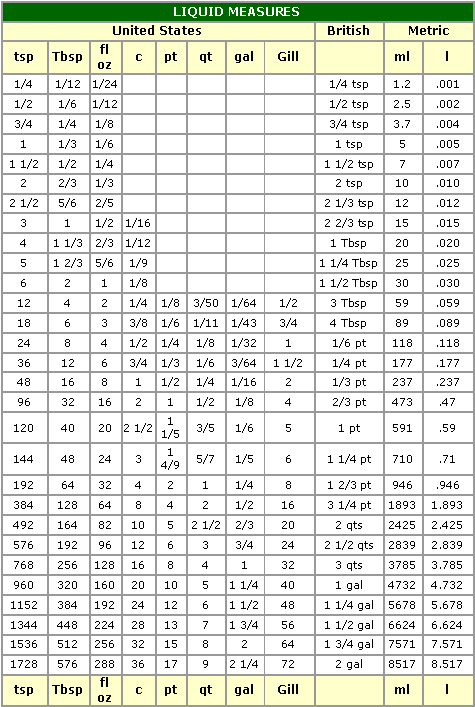

Compare – Comparing everyday objects is another way to practice measurement.They can take turns measuring how many cubes long their arms, legs, and hands are with this hands-on activity. Measure a Friend – Kids will enjoy working together with a partner to measure different body parts.You can also use candy, cubes, blocks, or any other fun math manipulatives you might have! Instead of getting a ruler and measuring how long their pencil is, give kids marbles and have them figure out how many marbles long the pencil is. Measuring with Objects – Make measuring fun by using different items to measure with.Teaching Length, Width, and Height Using Non-Standard Measurement Activities Each activity can be adjusted so that it’s appropriate for your age group’s needs. Use the following ideas in the classroom or at home. There are so many exciting ways to teach measurement to kids. Implement these Measurement Activities Today Kids learn different units of measurement, such as centimeters and inches, as well as distance. 2nd Grade – Learning measurement in 2nd grade is the more extensive practice of the previously learned skills, but also includes metric and imperial measurement.1st Grade – As kids master the basics of measurement, it’s time to build on what they know! Measurement in 1st grade includes skills that build on their vocabulary, teach standard units of measurement, and offer more opportunities for comparisons, ordering, and sorting, and move on to extensions of skill such as estimating capacity.They also start to compare, order, and sort items based on these ideas. Weight, height, length … these are just a few essential measurement words of which kids begin to understand the meaning. Kindergarten – When teaching measurement in kindergarten, help kids understand basic measurement vocabulary and concepts.Here are some grade-appropriate activities that most schools follow. Follow your school’s chosen course of study to know when to teach what concept. Since each grade is so different, it’s essential to teach measurement with grade-appropriate lessons and activities. As kids progress through the primary grades, introduce more difficult measurement activities and concepts. Then, teach the standard units of measurement. What is measurement? How are things measured? Teach uncommon units of measurement and compare objects. Measurement Activities by GradeĪ standard learning concept each year of grade school is, you guessed it – measurement. Offer many opportunities for them to practice these skills because mastering the basics will allow kids to move on to the next stage of learning. Kids learn this skill over multiple years, introducing more difficult measurement concepts with each grade level. Measurement is an important math skill that everyone needs to know. Kindergarten, 1st grade, and 2nd grade kids will enjoy measuring and building math skills at school and at home. Measurement activities build kids’ understanding by exploring weight, length, capacity, and area in hands-on ways using rulers and non-standard units.


 0 kommentar(er)
0 kommentar(er)
